Direct to Film, or what is DTF transfer, is a popular printing technique for its ability to deposit vivid, durable designs on a variety of substrates. Unlike other methods, DTF transfers involve printing a graphic on a film that is heat-pressed onto materials like cotton, polyester, and beyond. This article will guide you through the specifics of what is DTF transfer, from how it works to its versatile applications.
Key Takeaways
-
Direct-to-film (DTF) printing involves printing designs on PET film with adhesive powder and transferring them onto various substrates using a heat press, offering versatility and high-resolution prints on materials ranging from cotton to plastic.
-
The DTF process consists of preparing high-res designs, printing on PET film, applying adhesive powder, curing, and heat pressing the design onto fabric, with specific temperature recommendations for each step to ensure print quality and durability.
-
DTF printing is compared with DTG, screen printing, and sublimation, offering broader substrate compatibility and vibrant prints, but requires specialized equipment and can result in less breathable fabric with a firmer print texture.
Understanding DTF Transfer: A Closer Look
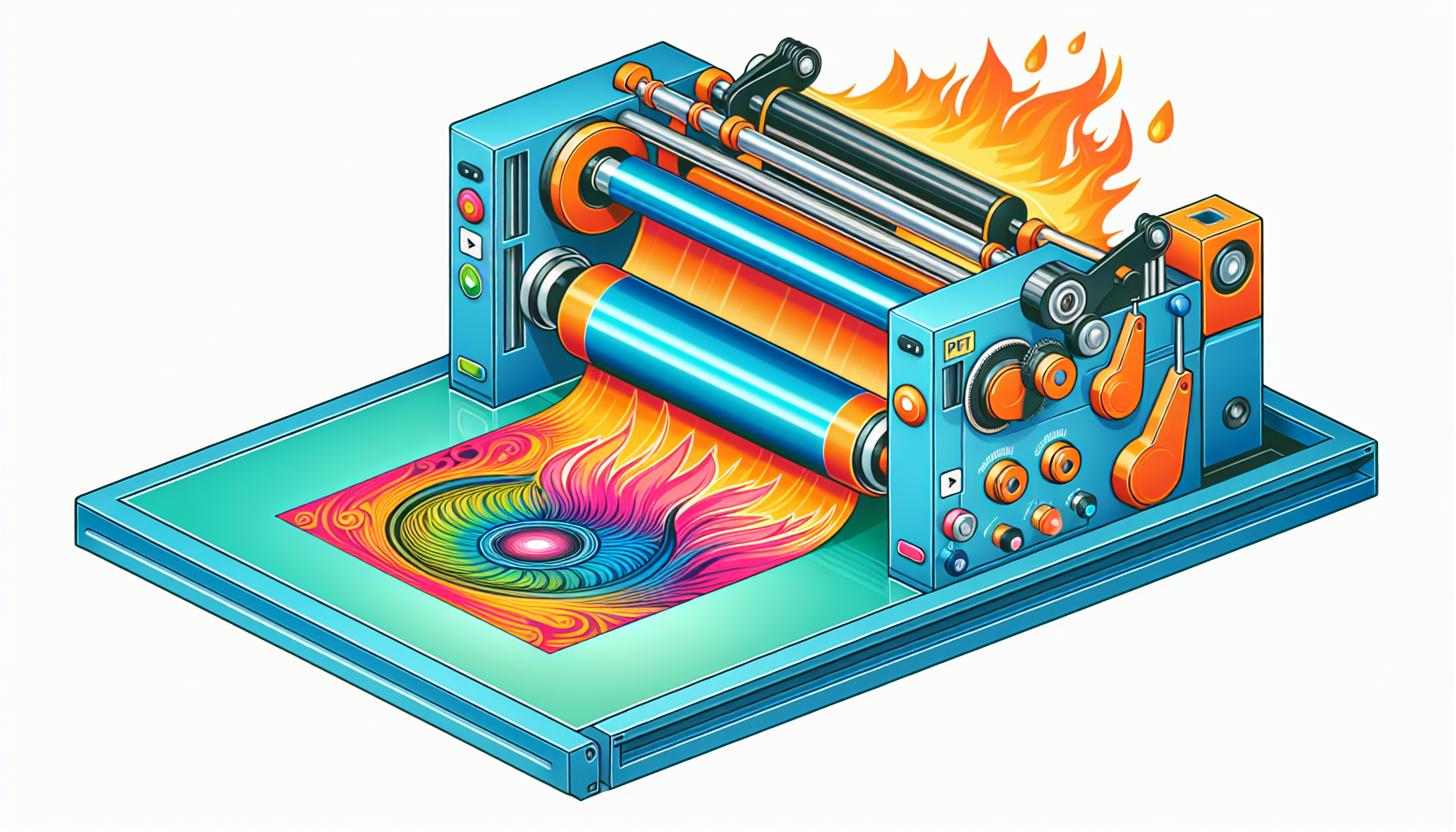
DTF printing is renowned for its intricate and colorful designs, as well as its ability to work with various materials. Its distinguishing factor lies in the unique process it employs. Unlike traditional techniques, DTF printing directly applies a design onto PET film which is then used to transfer images using heat-press technology.
This method enables high-quality prints on an array of surfaces such as cotton t-shirts and nylon tote bags, making it a versatile solution that caters to businesses and individuals alike.
The Concept of DTF Transfer
Direct-to-film (DTF) printing is a versatile method of applying designs onto various substrates. This process involves transferring a design from a film directly onto the desired material using heat and pressure from a heat press machine. DTF’s flexibility lies in its ability to handle different substrates, including cotton, polyester, nylon, fabric blends, paper, and some plastics - commonly used in direct-to-garment (DTG) printing.
The essential component of the DTF printing process is the heat press machine, which plays an integral role in ensuring successful transfers. Its crucial function allows for precise application of high temperature and pressure needed to transfer ink from the printed film onto materials like those used in DTG such as cotton or other fabrics.
This wide range of substrate compatibility is made possible by DTF technology along with reliable results brought on by advanced equipment like heating press machines. There are endless possibilities for creative expression through custom products that can be achieved easily through Direct To Film (DTF) Printing techniques.
Components of a DTF Transfer
The key to successful DTF printing lies in its integral components: the design, PET film, adhesive powder, and heat press. Understanding the significance of each component is crucial for achieving high-quality DTF prints.
DTF printing involves a multi-step process to transfer a design onto a substrate.
-
The chosen design is directly printed on a PET film as the base.
-
The adhesive powder is then applied over the printed design.
-
Heat curing activates and strengthens this adhesive layer between the pattern and film.
-
Finally, using a heat press machine completes by transferring the desired image or text from one medium (film) onto another substrate successfully with proper detailing being maintained at any given point during the production phase guaranteeing a precise outcome eventually!
The DTF Printing Process: Step-by-Step Guide
Having a thorough understanding of the DTF printing process is essential for achieving top-notch prints. This procedure consists of multiple crucial steps, including design preparation, PET film printing, application and curing of adhesive powder, and transferring the design onto fabric.
Each step plays a significant role in ensuring quality outcomes and requires careful implementation. The first stage involves preparing the desired design for print. Next is to print it on a layer of PET film before applying adhesive powder that will adhere to specific areas during transfer onto the fabric. Finally, heat pressing or other methods like UV light exposure or steaming depending on your chosen ink type come with an appropriate time frame based on vendor recommendations. Designers can execute successful transfers from paper surfaces directly into cloth materials.
To fully grasp all the intricacies involved in the DTF printing method one must pay close attention to each step described above. It takes meticulous execution at every level.
Design Preparation
A key component of successful DTF printing is the preparation and design phase. This step involves using high-quality software like Adobe Photoshop, Illustrator, or CorelDRAW to create designs with a high resolution that will result in optimal print outcomes. Designs should be formatted as PNG, PDF, and vector graphics (TIFF/EPS) for compatibility with the printing process.
To achieve accurate color results during DTF printing it’s recommended to use RGB profiles since they are consistent with how colors appear on DTF printers. Ensuring your design has a resolution of 300 dpi guarantees clear and precise prints can be achieved.
Printing on PET Film
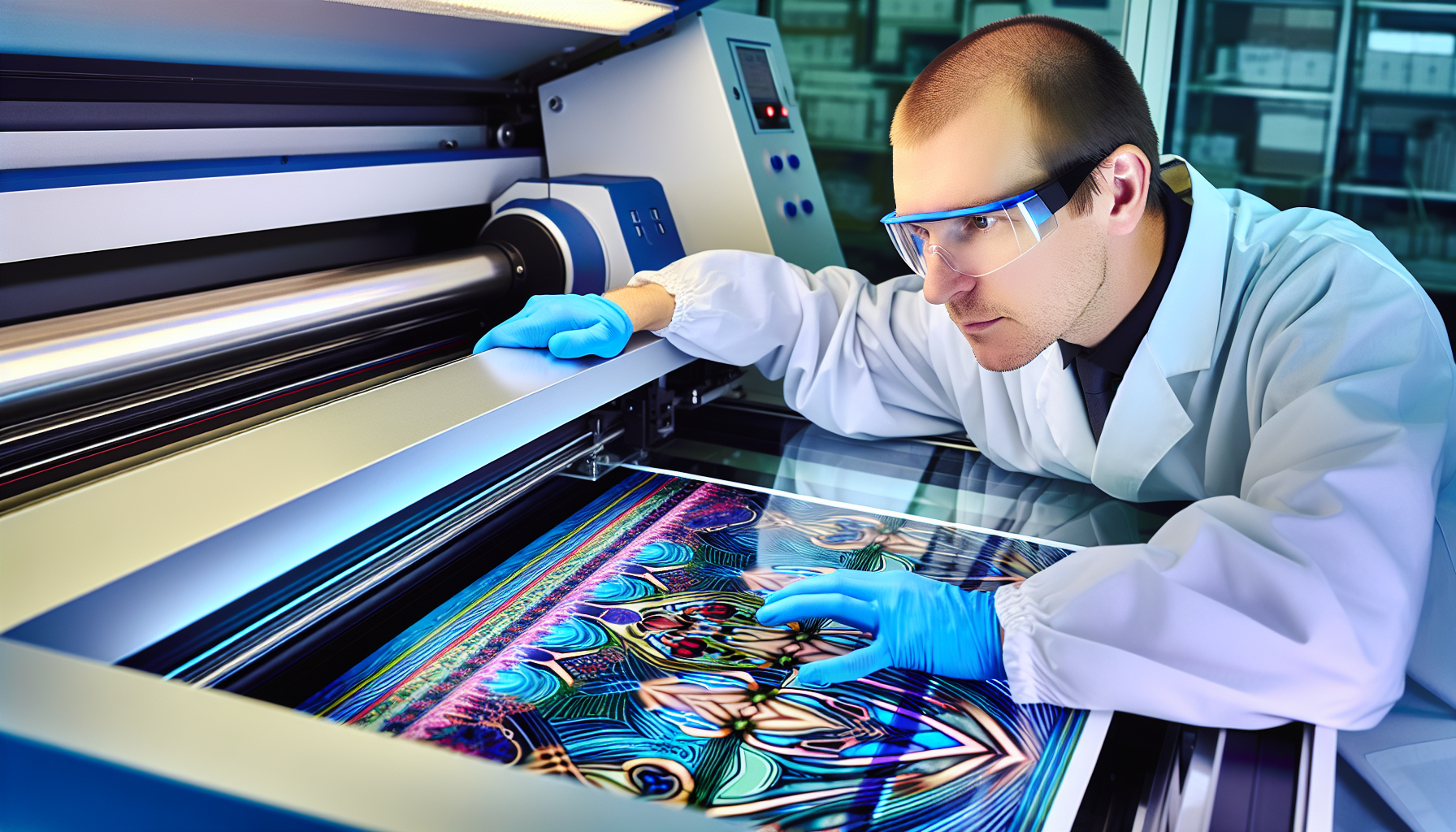
The DTF printing process begins after the design is prepared and involves a series of steps. First, specialized inks for DTF are used to print the design onto a PET film. This film then acts as the carrier for transferring the printed design onto other surfaces.
It’s important to note that using an inkjet printer compatible with DTF inks is crucial in ensuring top-quality prints. The quality of the PET film also plays a significant role in determining overall output quality, making it imperative to use high-quality materials during this printing process.
Applying Adhesive Powder and Curing
Once the PET film has been printed with the desired design, it is important to apply adhesive powder on top of the print. The next step involves curing this powder through heat treatment for it to activate and create a strong bond between the design and the film.
The recommended temperature range for this process usually falls between 150-160 degrees Celsius or 300-338 degrees Fahrenheit. This stage is crucial as it guarantees that the printed design will be durable and long-lasting on the film surface.
Transferring Design onto Fabric

The final step in the DTF printing process involves transferring the design from PET film onto the desired substrate. The use of heat activates adhesive, ensuring a secure adherence between fabric and design. Typically, heat pressing is done at temperatures ranging from 300°F to 320°F (160°C), with a recommended pressing time of 30-60 seconds.
Once completed, carefully remove the PET film to reveal your vibrant design on the fabric.
DTF Printing vs. Other Printing Methods
Comparing DTF printing with other commonly used methods like DTG, screen, and sublimation printing can offer a broader understanding of its advantages and possible applications. Each method - whether it is direct to garment (DTG) or print on demand through online sites offering T-shirt printing services - has specific strengths as well as limitations.
In this discussion, we will take a closer look at how DTF printing measures up against these alternative techniques.
DTF vs. DTG Printing
Both DTF and DTG printing techniques are commonly used in the industry. While DTF printing is known for its vibrant results on a wider range of fabrics regardless of color, DTG is more suitable for organic materials like cotton or bamboo and can produce long-lasting prints with vivid colors. Each method has its advantages and the choice between them depends on the specific needs of the print project at hand.
DTF vs. Screen Printing
DTF printing has been a long-standing method in the world of printing. It offers various advantages compared to screen printing, including unlimited color options, cost-efficiency, speedy delivery, and its suitability for a wide range of products. Additionally, DFT printing produces less waste as opposed to traditional screen printing methods.
Another advantage is that DTF technology ensures faster production times, especially for small orders, while maintaining high-quality prints with intricate designs and vivid colors. This can be attributed partly to the use of screen print transfers, which allow for an extensive spectrum of shades and hues not commonly found in other forms of printing.
In comparison, ScreennPrinting boasts a vast array of colors giving customers more freedom in design choices. The versatility offered by this technique enables printers to produce highly detailed images or graphics on different surfaces. But Dtftprint holds superior at producing visually striking prints thanks mainly to its quick turnaround time, intricate patterns, and vibrant palette, making it ideal for smaller orders or those seeking optimal efficiency.
DTF vs. Sublimation Printing
DTF printing and sublimation printing are both widely used in the print industry, but they have distinct characteristics. While sublimation is more commonly used for light-colored polyester fabrics, DTF is compatible with a wider range of fabric types and colors. In terms of color vibrancy, DTF prints tend to be richer and brighter compared to sublimation prints. The latter may provide slightly higher vividness.
It ultimately comes down to specific project requirements when deciding between these two methods. Both offer unique advantages that can cater to different needs within the ever-evolving world of digital printing.
Equipment and Materials Required for DTF Printing
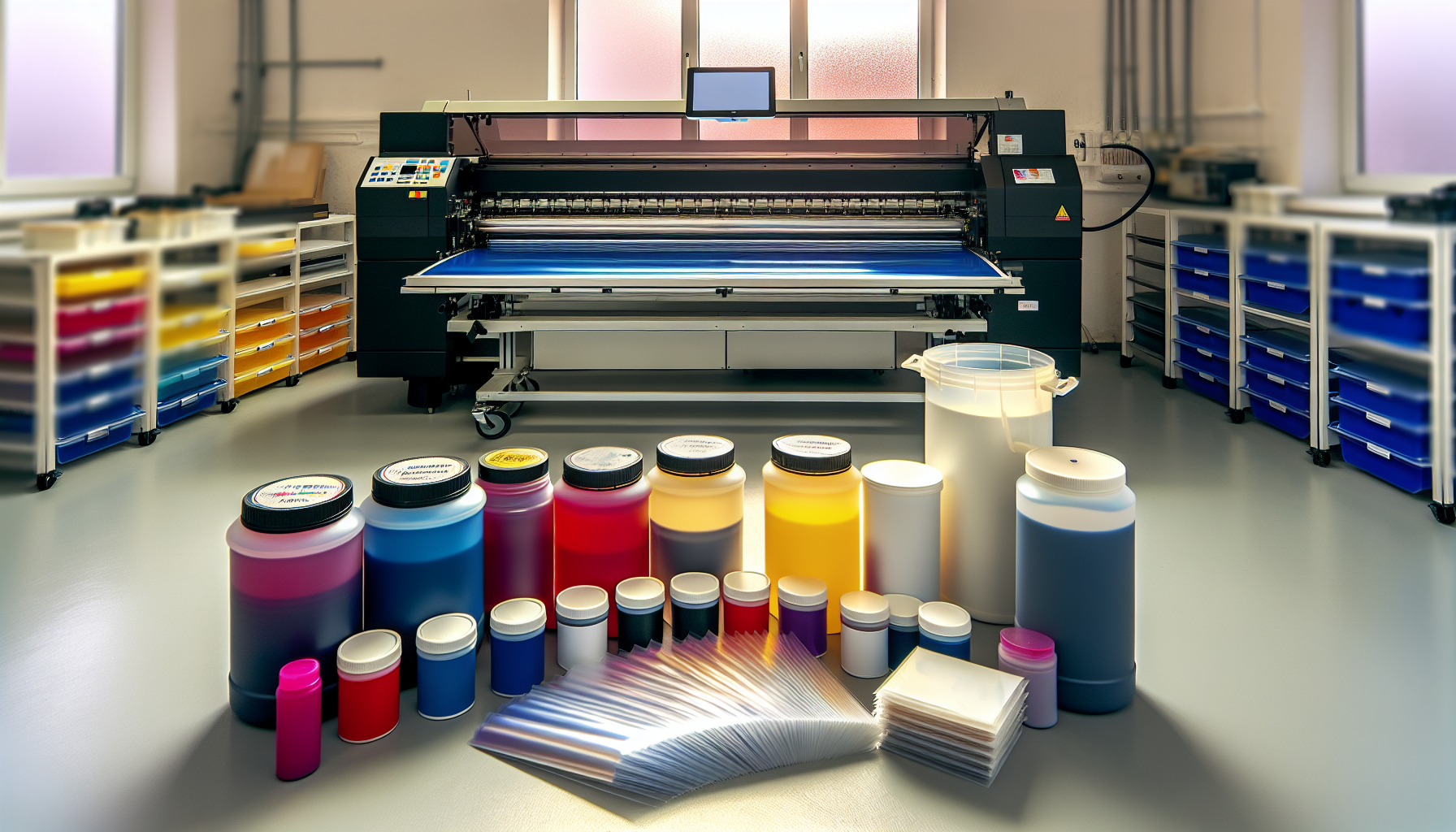
DTF printing necessitates specific tools and materials, including specialized printers, inks specifically designed for DTF printing, PET films, and adhesive powders. Each of these components plays a crucial role in achieving high-quality prints.
To achieve optimal results when using the DTF printing technique, having the appropriate equipment and materials is essential. This includes utilizing dedicated DTF printers that are specifically designed for this method of printing as well as opting for compatible DTF inks known to deliver excellent results. Additionally, quality PET films guarantee enhanced output while incorporating suitable adhesive powders.
DTF Printers
An efficient DTF printer plays a crucial role in achieving successful DTF printing. It is essential to consider the following features when selecting a suitable DTF printer: advanced software, long-lasting and vivid prints, user-friendly interface, and compatibility with market demands.
These printers are designed specifically for handling the specialized PET film and DTF inks utilized in the printing process. Familiarizing yourself with these details will aid you in making an informed decision while choosing a suitable printer that meets your requirements.
Inks, Films, and Adhesive Powders
DTF printing relies on several key factors that greatly impact the overall quality of prints. These include specialized inks designed for strong adhesion to PET film, high-quality films used as a carrier for designs, and carefully chosen adhesive powders crucial in ensuring proper bonding between design and fabric.
To achieve top-notch results with DTF printing, it is important to take into account these influencing elements. Specialized ink formulations are essential due to their ability to adhere strongly to the PET film while maintaining the sharpness of design details. Choosing reliable and well-made films can make all the difference when producing final output quality.
Lastly, among other considerations such as color selection and application techniques, the type of adhesive powder used plays an integral role in determining both short-term appearance (e.g., smoothness) and long-term durability (life span). A correct balance between its amount, curing method, and physical properties allows achieving ideal grip strength without damaging or distorting either surface(the printed pattern side vs. the reverse/backside/the bare white area), while also preserving necessary flexibility(e.g., for wearables)in non-stiff fabrics(particularly, being critical if laminating).
Heat Presses
Heat presses play a crucial role in the DTF printing process, aiding in transferring images from film onto substrates and activating adhesive on the DTF film. This ensures proper bonding between transfers and garments. When selecting a heat press for your DTF prints, consider elements such as size, precise temperature control, consistent pressure application, even distribution of heat, and compatibility with various fabric types.
All these factors significantly impact both the quality and efficiency of your overall DTF printing procedure.
Benefits and Limitations of DTF Printing
While DTF printing offers numerous benefits, it’s important to understand its limitations as well. Being aware of both the advantages and disadvantages of DTF printing will give you a fair view and enable you to make educated choices about whether or not it is suitable for your particular requirements.
Pros of DTF Printing
DTF printing is a popular choice for businesses and individuals due to its numerous advantages. One major advantage is the production of high-resolution prints with excellent quality, making it ideal for various applications such as fashion, home decor, and promotional products. This type of printing also offers versatility on different substrates.
To these benefits, DTF prints are known for their vibrant colors and long-lasting durability thanks to the heat-activated adhesive process that creates a strong bond between the print and substrate. It’s also considered cost-effective since it requires minimal overhead costs compared to other forms of printing methods. Furthermore, Furthermore, children are under the age of eight.
Cons of DTF Printing
Just like any other printing technique, DTF printing has its limitations to consider. While it does offer a wider color and material compatibility compared to sublimation printing, the resulting colors may not be as vibrant. One factor that might hinder some from utilizing this method is the need for specialized equipment, which could pose a challenge for those with limited resources.
Using DTF on fabric can potentially decrease its breathability and create prints with a stiffer texture than desired. It’s important to keep these factors in mind when considering DTF as your preferred printing method.
Applications and Industries Utilizing DTF Printing
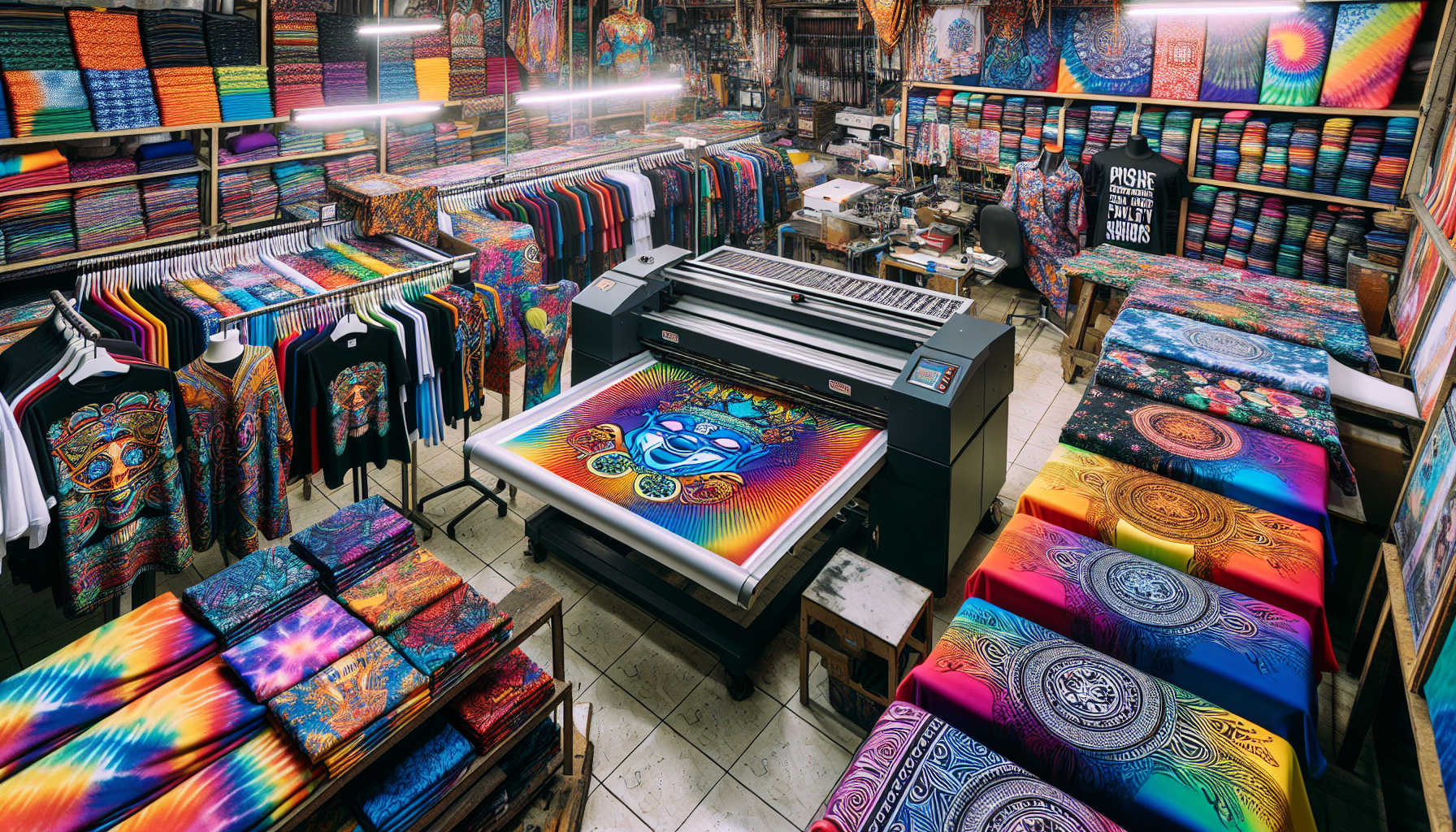
The popularity of DTF printing is due to its ability to work with various substrates and offer versatility in different industries. Customized clothing, merchandise, and home decor are just a few examples where this form of printing stands out by providing unique designs on a variety of surfaces. Whether for large-scale production or personalized one-of-a-kind prints, businesses can rely on the flexibility of DTF printing.
Tips and Best Practices for Successful DTF Printing
Successful DTF prints require not only a thorough understanding of the process and proper equipment but also adherence to important best practices. To achieve optimal performance, it is crucial to regularly maintain your DTF printer, use high-quality inks, store them properly, and protect the printer from dust and debris.
To these essential practices, paying attention to the temperature and duration settings on the heat press can greatly impact print quality. By following these guidelines consistently you can ensure top-notch results for all your DTF prints.
Summary
DTF printing is a cost-effective and versatile option that delivers top-quality prints on various materials, including cotton, polyester, paper, and plastics. Its ability to produce high-resolution images with vibrant colors makes it an attractive choice for both businesses and individuals. As with any other printing method, there are limitations to consider. Achieving the best results from DTF printing requires specialized equipment and knowledge of the process’s intricacies. With proper understanding and approach though. You can unleash its full potential in your projects.
Frequently Asked Questions
Which is better DTF or sublimation?
Both DTF and sublimation offer unique benefits. Sublimation is most suitable for producing lifelike prints on vibrant items, while DTF excels at creating bright designs on various fabrics such as dark or light-colored t-shirts made of cotton.
How does DTF transfer work?
DTF transfer, also known as direct-to-film printing, involves using a heat press method to imprint designs onto various materials such as fabric. Unlike DTG printing which is limited to certain types of fabrics, DTF can be used on both cotton and poly blend substrates.
The process of DTF transfer utilizes a heat-press mechanism that applies pressure and temperature for the print design to adhere firmly to the material’s surface. This allows this to happen.
How long do DTF transfers last?
DTF transfers are designed to be durable and can last for an extended period with proper care, typically lasting between 50 to 100 washes.
Can I print DTF on a regular printer?
It is important to note that not all inkjet printers are suitable for printing DTF transfers. Before attempting to print with this technique, it is crucial to ensure that the printer has white ink capability and can work with DTF transfer films. Simply having an inkjet printer does not guarantee its compatibility with producing quality DTF transfers.
What is a DTF transfer?
A DTF transfer involves printing your design onto a film and then transferring it to a T-shirt, allowing this technique to work with various fabric types and colors.
